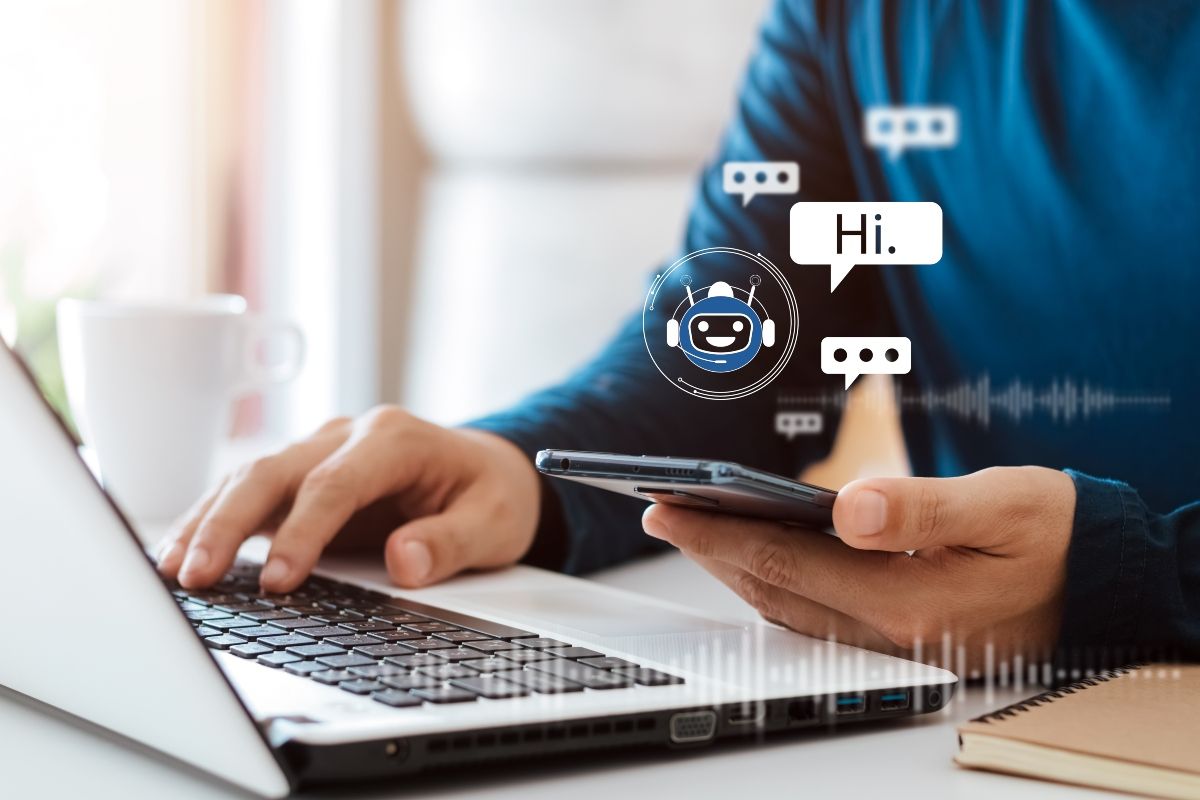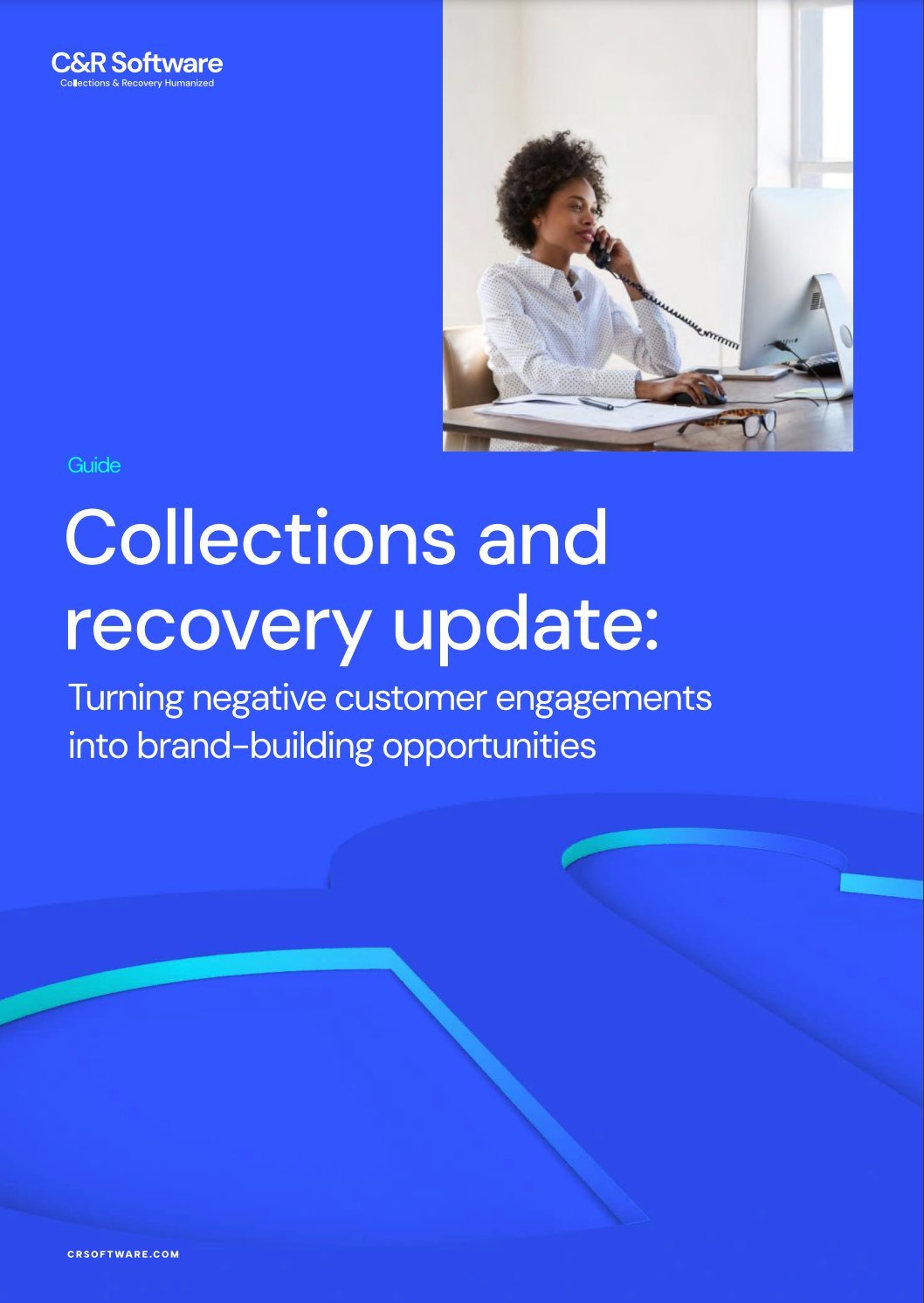
About the author
Chris Smith
About the author
Chris Smith
Having spent his entire career in the credit and collections space, Chris Smith started out building and implementing collection strategies before leading product teams. Now the Vice President of Product at C&R Software, he supports organizations in a variety of countries and industries achieve their ROI goals. Chris is an analytically-driven product leader, specializing in defining and executing product strategy and positioning to drive business growth.
Latest Resources

Blogs
Read more >

Blogs
Transforming debt collection: Harnessing data-driven strategies for enhanced customer engagement
Read more >

News
Announcements
C&R Software Achieves Payment Card Industry Data Security Standard (PCI DSS) Level 1 Compliance
Read more >

Blogs
What is early vulnerability detection and how does it work?
Read more >
Let’s keep the conversation going
We’ll be adding thought-provoking content and insights on a regular basis. Let’s stay in touch!


